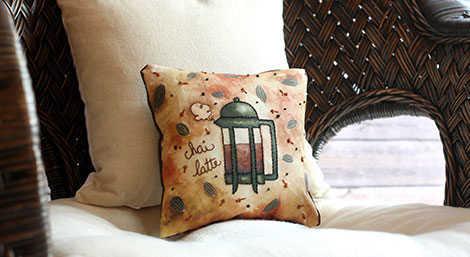An Unbiased View of Unique Art
Table of ContentsTop Guidelines Of Unique ArtThe smart Trick of Unique Art That Nobody is DiscussingThe Definitive Guide to Unique ArtFascination About Unique ArtUnique Art - The Facts
While one may dispute which art form holds priority, the reality stays that each of these seven forms provides an one-of-a-kind window into human history, culture, and evolution. Unique Art. They are the tapestries that chronicle our trip, reminding us of our past while inspiring visions for the future
3 Emil DervishIn this entranceway by Emil Dervish that stunning cobalt blue door steals the program. To bring also a lot more dramatization, he expanded the paint. to the doorframe and the wall up, ending up in an arched form (Unique Art). The curves, along with a spherical sconce, soften the sides. Then structures vintage posters and maps of precious locations set the scene.
What Does Unique Art Do?
8 TRIA GIOVANEqual components grand and laidback, this foyer created by Anthony Baratta is the perfect blueprint to comply with if you're decorating an official entry that still feels unfussy and comfortable. Formed textiles take spotlight (see the rugs and the couch), but they also aid bring the high ceilings to a human scale when hung over wallpaper.
18 Heidi Caillier DesignA gallery wall surface does not require to take up the entire room. As a matter of fact, often a little one can make a bigger style statement. In this living-room, Hiedi Caillier decided for micro-mini frameworks and a random composition. Promotion - Continue Reading Below19 Stephen Kent JohnsonDesigner Juan Carretero chose a deep eco-friendly paint shade to contrast with the light wood finishes.
The elements of this languageits shapes, lines, colours, tones, and texturesare utilized in different methods to generate feelings of volume, area, movement, and light on a level surface. These components are integrated into meaningful patterns in order to represent actual or mythological sensations, to interpret a narrative motif, or to develop wholly abstract visual relationships.
Later the concept of the "fine artist" developed in Asia and Renaissance Europe. Throughout the 19th century painters in Western cultures started to lose their social setting and safe and secure patronage.
The Greatest Guide To Unique Art
Others earned an income through touring events of their job. The requirement to appeal to an industry had actually replaced the comparable (if less impersonal) needs check that of patronage, and its impact on the art itself was possibly comparable. Usually, artists in the 20th century could reach an audience only through commercial galleries and public galleries, although their job may have been sometimes replicated in art periodicals.

Don't replicate the design of various other artists if you're searching for your design. Copying various other individuals's artwork can be terrific in educational purposes yet it will certainly not make you closer to discovering your very own special style. Your artistic design has to be, what you like and what motivates you.
The Best Strategy To Use For Unique Art
I would consider your own style as a style you repaint in naturally, when you release all ideas and policies and just concentrate on paint, not thinking regarding it. The style has to come naturally to you when you are relaxed and you can not require it try here or it will not be your very own design, simply somebody else's.
You require to attempt great deals of various options and discover every little thing before you can concentrate on one particular design or you'll be bored, or worse, you'll dislike your very own style. I suggest you to try every solitary topic that you're interested in, check out as much as you can. Try various tools that delight you and new techniques you've never ever tried prior to.
With time you'll have the ability to sort every one of them right into your favorite and the very least preferred classifications. Try to concentrate your focus on the topics and tools that you like and before you see it coming you'll have your own individual and special design, like no one else have! In the end you'll have a couple of favored topics to paint and maybe a few favorite tools.
Some Known Incorrect Statements About Unique Art
The design needs to establish itself gradually with a great deal of technique and experiments. Thanks for reading this post and if you have any questions leave them in the remarks listed below, I would certainly more than happy to respond to these.